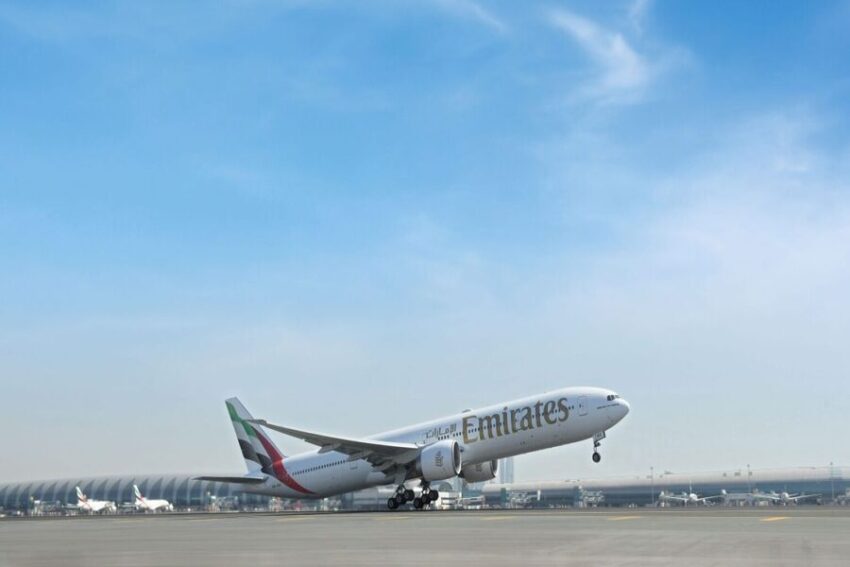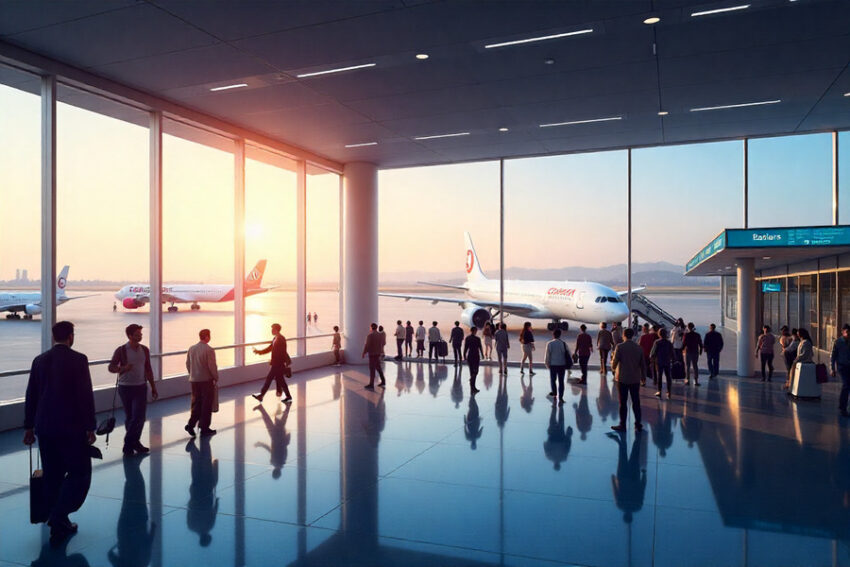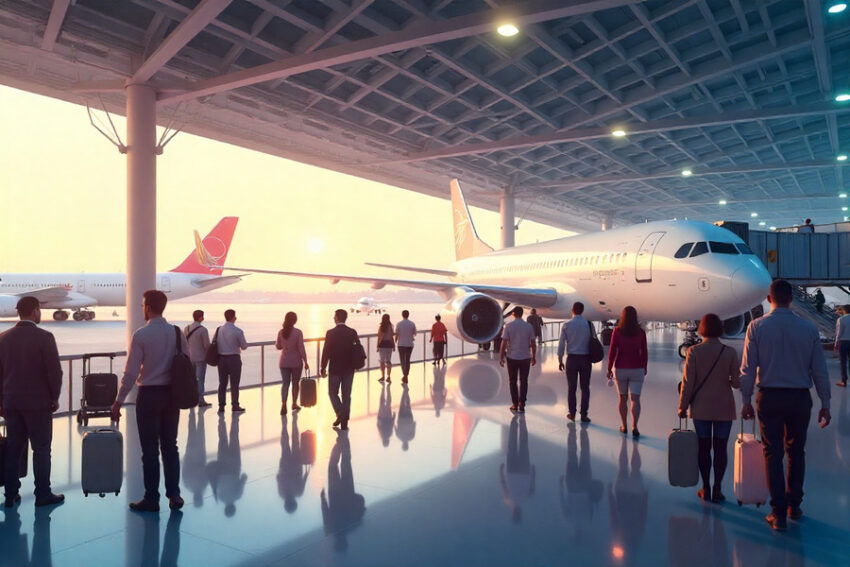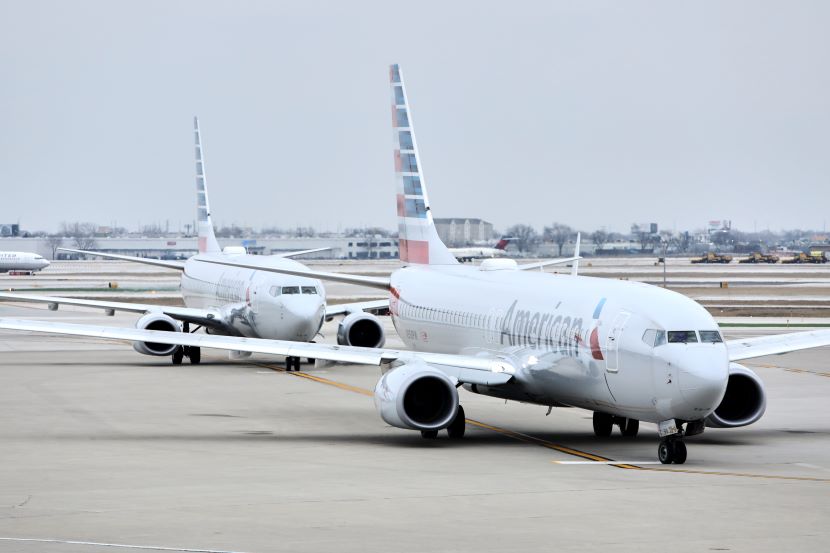Kazakhstan Along With Indonesia Forge Stronger Economic Relations With A Focus On Emerging Sectors And Investment Opportunities

Kazakhstan and Indonesia are taking significant steps to strengthen their economic ties, with a shared focus on emerging sectors and investment opportunities. The collaboration aims to harness the growing potential in areas such as energy, digitalization, and agriculture, opening new doors for mutual growth. By fostering closer business partnerships and aligning their priorities, both nations are setting the stage for a prosperous future, driven by innovation and strategic investments.
In a strategic move to bolster investment and trade relationships between Kazakhstan and Indonesia, Kazakhstan’s Ambassador delivered a keynote speech at the 4th Annual National Conference of the Indonesian Chamber of Entrepreneurs (KEIND) in Yogyakarta, a city located in the eastern part of Java Island. The conference, which brought together influential figures from various sectors of Indonesia’s business community, provided an important platform for highlighting the growing potential for bilateral collaboration. During the event, the Ambassador outlined Kazakhstan’s favorable investment environment and presented emerging sectors that could serve as new frontiers for economic cooperation.
One of the key aspects of the Ambassador’s address was the emphasis on Kazakhstan’s evolving economic landscape and its strategic alignment with global trends, particularly the digital transformation initiatives underpinned by artificial intelligence (AI). This was framed within the context of Kazakhstan’s President’s State of the Nation Address, titled “Kazakhstan in the Era of Artificial Intelligence: Current Challenges and Solutions through Digital Transformation.” In his speech, the Ambassador stressed the importance of embracing digital technologies as a means to address the country’s current economic challenges and the opportunities these innovations present for the future.
With the world undergoing rapid technological advancements, Kazakhstan’s focus on AI and digital transformation is expected to open new pathways for cooperation, especially in industries such as energy, mining, agriculture, and food production. The Ambassador highlighted these sectors as having immense potential for Indonesian businesses, suggesting that by leveraging Kazakhstan’s growing technological infrastructure, both countries could create new business opportunities in these areas.
In addition to energy and mining, the Ambassador called attention to transportation and logistics as key areas ripe for collaboration. Kazakhstan’s strategic position as a crossroads between Europe and Asia offers significant opportunities for businesses involved in trade and logistics to expand their reach across the region. Moreover, with ongoing improvements in Kazakhstan’s infrastructure, particularly within its transportation sector, the potential for enhancing connectivity between Indonesia and Kazakhstan is becoming increasingly viable. The Ambassador also highlighted Kazakhstan’s commitment to developing its Islamic banking sector, an area of growing interest for investors seeking to engage in ethical financial practices.
Tourism was another area of focus in the Ambassador’s speech. Kazakhstan, with its vast and diverse landscapes, has been increasingly recognized for its tourism potential. The Ambassador presented Kazakhstan’s varied tourism offerings, from its pristine natural parks to cultural heritage sites, making a compelling case for Indonesian entrepreneurs to consider investments in the country’s tourism sector. Kazakhstan’s rich cultural heritage, combined with its growing tourism infrastructure, presents an opportunity for collaboration with Indonesian businesses involved in travel, hospitality, and tourism-related ventures.
In line with its efforts to attract foreign investment, the Ambassador also shared details of Kazakhstan’s investor-friendly policies, including the introduction of the “golden visa” program. The program offers significant incentives to foreign investors, granting them a 10-year residence permit in Kazakhstan for investments of at least $300,000. This initiative is designed to encourage long-term investments in Kazakhstan, as the country looks to attract not just capital but also skilled entrepreneurs who can contribute to the nation’s growing economy.
The Ambassador also highlighted Kazakhstan’s visa-free regime for Indonesian citizens, which allows for stays of up to 30 days without the need for a visa. This policy is aimed at facilitating easier travel and promoting greater engagement between the two countries. By simplifying travel arrangements, Kazakhstan hopes to encourage greater interaction between Indonesian business leaders and the emerging opportunities within Kazakhstan’s economy.
To provide a more visual and engaging experience, videos showcasing Kazakhstan’s tourism potential were screened for the audience. These videos highlighted the country’s diverse attractions, from the rugged mountains and steppe landscapes to the bustling urban centers, offering a glimpse into the variety of experiences Kazakhstan offers to tourists. The Ambassador noted that Kazakhstan’s tourism sector is expected to continue growing, driven by both domestic and international demand, making it an attractive sector for potential investors.
At the conclusion of the conference, Indonesian entrepreneurs had the opportunity to engage in one-on-one discussions with the Ambassador and other officials, seeking clarification on various aspects of doing business in Kazakhstan. Many expressed practical interest in expanding their operations into Kazakhstan, particularly in sectors like mining, energy, and tourism. Several entrepreneurs also inquired about the steps involved in setting up operations in Kazakhstan, and the Ambassador provided detailed information on the country’s regulatory environment, incentives for foreign investors, and the support available through various government initiatives.
Kazakhstan and Indonesia are deepening their economic ties by focusing on emerging sectors like energy, digitalization, and agriculture, aiming to unlock new investment opportunities and drive mutual growth.
Overall, the conference in Yogyakarta served as an important milestone in deepening economic ties between Kazakhstan and Indonesia. By offering insights into Kazakhstan’s strategic initiatives and investment opportunities, the Ambassador helped to create a solid foundation for future collaboration between the two countries. The interest generated during the event highlighted the growing potential for mutually beneficial partnerships, and the Ambassador’s speech underscored Kazakhstan’s commitment to fostering a favorable environment for foreign businesses looking to expand into the Central Asian market. As Kazakhstan continues its economic transformation, Indonesia stands poised to be an important partner in its growth, offering both opportunities for investment and new pathways for mutual prosperity.
The post Kazakhstan Along With Indonesia Forge Stronger Economic Relations With A Focus On Emerging Sectors And Investment Opportunities appeared first on Travel And Tour World.






